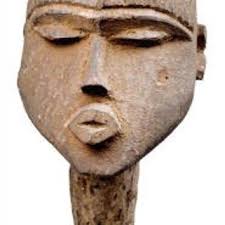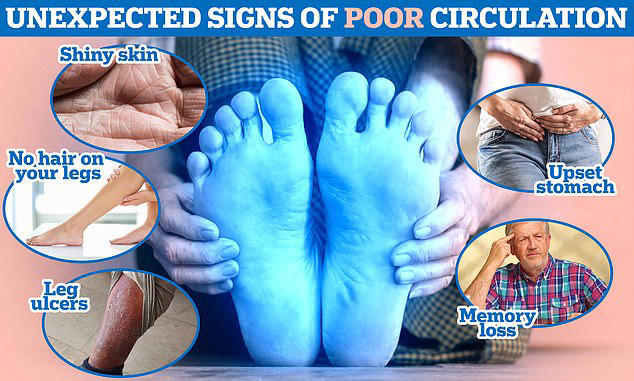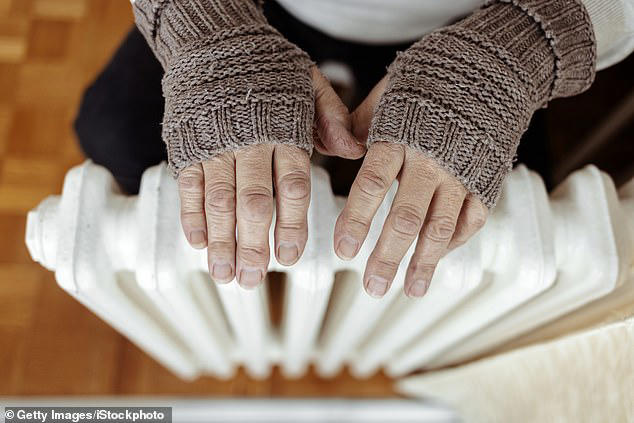The five warning signs of bad circulation, according to a surgeon












The five warning signs of bad circulation, according to a surgeon
- Bad circulation can cause an upset stomach and hair loss, says vascular surgeon
- The symptoms are seen in people with diabetes, obesity and heart conditions
- Knowing the signs can help avoid extreme consequences including amputation
Cold hands and feet are a common bugbear — and they're also tell-tale signs that you have poor circulation.
But they aren't the only giveaways, experts say.
Here, MailOnline reveals some of the unexpected warning signs, according to a vascular surgeon.
Shiny skin and cold feet
Having cold feet and hands is a well-known sign of poor circulation.
It is caused by blood struggling to get to the extremities due to narrowed blood vessels.
As a result, the hands and feet can feel cold and appear blue or purple when sitting and pale or white when lying down.
Sufferers may also experience numbness or pins and needles in their extremities and pain in their calves when walking.
But shiny and tight skin is a lesser-known symptom that can affect the lower legs and feet of those with poor circulation.
It is caused by the skin deteriorating due to a lack of blood flow.
Although these symptoms may not sound immediately alarming, restricted blood flow can be caused by life-threatening blocked arteries, says Professor Alun Davies, a vascular surgeon and lecturer at Imperial College London and clinical trial lead for the Revitive Circulation Booster.
Medically known as atherosclerosis, blocked arteries are cause by the build-up of fatty material in the arteries and can lead to heart disease a heart attack or stroke.
It can be hard to tell if you are just prone to getting chilly toes and dry skin or if it is a warning sign of something more serious.
But a common tell-tale sign that it is caused by poor circulation is if your body is warm, but your feet are still icy cold.
Professor Davies said: 'Lack of blood flow to the legs is a common cause of cold feet.
'And while some may struggle with pain caused by poor circulation, numbness can be just as bad.
'Pins and needles that come with numbness in the feet can not only be uncomfortable but can also cause balance issues and mask potential foot injuries.'
No hair on your legs
While smooth legs may not seem like a bad thing, it can be a sign of bad circulation.
Unintentional hair loss on the legs can mean not enough blood is getting to those areas, resulting in the hair follicles dying from a lack of nutrients.
'This is more apparent in men with many noticing a clear "sock line" of hair-free skin develop,' says Professor Davies.
He explained this lack of blood flow to the legs can quickly escalate to more dangerous symptoms, such as nerve and tissue damage.
It is vital to get ahead of symptoms by seeking advice from your GP to find out the underlying cause and start treatment.
Left untreated, a lack of blood flow to the legs can cause the tissue to die due to the lack of oxygen and nutrients, according to the Vascular Charity.
This can eventually cause life-threatening gangrene — a type of tissue death — which requires amputation in severe cases.
Leg ulcers
Long-lasting sores that do not heal within two weeks are most likely a sign of poor circulation, experts say.
They usually develop on the inside of the leg, between the knee and ankle, and can cause pain, itching and swelling in the affected leg.
There may also be discoloured or hardened skin around the ulcer, with foul-smelling discharge leaking from the sore.
Professor Davies said: 'These open sores often occur on the lower leg with some presenting with no pain, meaning many consider them harmless.
'Any reoccurring sore or a sore that will not heal should not be ignored and must be treated to avoid infection and further complications.'
Those with medical conditions such as diabetes, high cholesterol and obesity are more susceptible to poor circulation, but it can impact anyone at any age.
People with diabetes also suffer from foot and leg ulcers due to a lack of circulation and nerve damage caused by high blood sugar levels.
Maintaining a healthy diet, staying a healthy weight, and getting a good balance between exercise and resting your legs will help prevent the ulcers from reoccurring, according to the NHS.
Upset Stomach
Bad circulation affects all parts of your body, including your vital organs.
Abdominal pain, diarrhoea and blood in your poo are all unpleasant symptoms that are most often blamed on your last meal or a stomach bug.
But experts say, in very rare cases, these symptoms can actually be a sign of poor blood flow to your digestive organs.
Professor Davies said: 'As with all vital organs, your stomach needs a flow of oxygen-rich blood to function properly.
'Organ failure due to restricted blood flow can lead to digestive problems and lack of appetite due to the metabolism slowing down.'
Memory loss
Feeling inexplicably dizzy, losing your balance and being forgetful are symptoms more commonly associated with a brain injury, tumour or even Alzheimer's.
But it can also be a sign not enough blood is getting to the brain.
If you have bad circulation and a lack of blood is reaching the brain, the organ will start to cut back on certain functions including memory and balance, says Professor Davies.
One simple way to improve your circulation is exercise, according to the NHS.
Movement promotes healthy circulation as your muscles help squeeze your veins which causes better blood flow.
Smoking can also damage your circulatory system as can wearing ill-fitting shoes, the NHS says.
Poor circulation is when blood vessels in your legs become hard or narrow.
As a result, blood flow to the feet and legs become reduced, stopping vital nutrients and oxygen reaching your soft tissues.
Poor circulation can also occur when waste products build up in your soft tissues.
Symptoms can include the thin and dry skin on the feet and legs, hair loss on the legs and cold feet. It can also lead to pain in the calf muscles when walking short distances.
Poor circulation makes the skin on your feet and legs more prone to injury, infection and ulcers.
Story by Rebecca Whittaker For Mailonline
No thoughts on “The five warning signs of bad circulation, according to a surgeon”
Articles - Most Read
- Home
- LIVER DIS-EASE AND GALL BLADDER DIS-EASE
- Contacts
- African Wholistics - Medicines, Machines and Ignorance
- African Holistics - Seduced by Ignorance and Research
- African Wholistics -The Overlooked Revolution
- The Children of the Sun-3
- Kidney Stones-African Holistic Health
- PART ONE: DIS-EASE TREATMENT AND HEALTH-3
- 'Tortured' and shackled pupils freed from Nigerian Islamic school
- The Serpent and the RainBow-The Jaguar - 2
- PART ONE: DIS-EASE TREATMENT AND HEALTH-2
- PART ONE: DIS-EASE TREATMENT AND HEALTH-4
- PART ONE: DIS-EASE TREATMENT AND HEALTH-5
- King Leopold's Ghost - Introduction
- African Wholistics - Medicine
- Menopause
- PART ONE: DIS-EASE TREATMENT AND HEALTH-6
- The Mystery System
- The Black Pharaohs Nubian Pharaohs of Ancient Egypt
Who's On Line?
We have 139 guests and no members online
Ad Agency Remote
Articles - Latest
- Pattypan Squash: Nutrition Professionals Weigh In on the Right Amount.
- Ways to manage chronic pain
- The more fertile you are, the sooner you may die — study Story by Fred Schwaller
- You stand like an overcooked prawn!’ Why bad posture is the key to back pain – and 10 ways to improve yours
- Do Yams Have Carbohydrates?
- Cardiac-a-vest! Remarkable garment could save lives by predicting heart attack risk
- Inflammation-Busting Foods: A Review by Nutrition Professionals
- Dermatologist's insight on shower frequency without harming skin
- Meat is crucial for human health, scientists warn
- How dangerous are interactions between herbal medicines and prescribed drugs?
- The definitive guide to BMI, and how much you should really pay attention to it
- The nightly ritual that could improve memory and brain health, according to scientists
- Hyacinth Bean: How Nutritionists Rate Its Nutrients, Health Effects, And More
- Top healthiest fruits with anti-inflammatory properties
- Vitamin B12 deficiency symptoms: How to spot the signs in your feet
- Dehydration may be as bad 'as smoking' for veins - how much water you need to avoid stroke
- Winter Squash: A Superfood Or Not? Nutrition Professionals Weigh In, With Serving Tips And Health Risks
- Why The Nutrition Professionals Love Winter Melon, Nutritional Benefits And Serving Size Guidelines
- Lesser-known lung cancer symptom in arm or shoulder that can't be ignored



